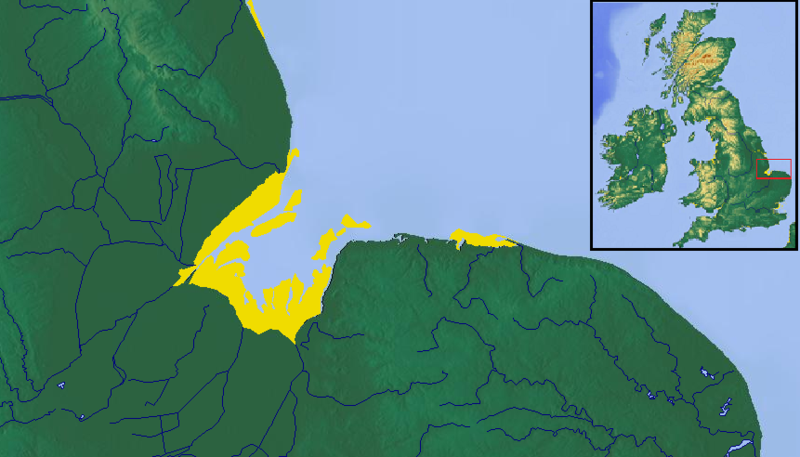“Whereas late against the malice of servants, which were idle, and not willing to serve after the pestilence, without taking excessive wages, it was ordained by our lord the king… that such manner of servants… should be bound to serve, receiving salary and wages, accustomed in places where they ought to serve… five or six years before; and that the same servants refusing to serve… should be punished by imprisonment…”
This competition for labor did not sit well with most of society, who saw it as a disruption of the way things had been for centuries. The first Ordinance of Laborers was established by Edward III in 1349 to try to prevent the disruption of society that a "free market" could create. It stated:
- Everyone under the age of 60 must be willing to work
- Employers must not hire more workers than they need
- Wages must remain at pre-Pestilence levels
- Food prices must not be increased
Did it work?
- 1350 saw the Stature of Laborers that fixed the wages of laborers and artisans.
- 1356 saw regulations placed on the trade of masons. (Freemasons use this as proof that Freemasonry has been fighting "the Man" for centuries.)
- 1368 saw the Statute of Laborers reaffirmed.
- 1377 saw an act restricting the freedom of serfs to move from domain to domain.
Clearly, the laws had to be re-enacted because no one was listening. The attempt to suppress the freedom of the lower classes continued for the next two centuries. In England the above led to the Peasants' Revolt of 1381
What else can we learn about life immediately following the Black Death? You'd be surprised what you can learn from examining skeletons. I'll explain that tomorrow.
(Full disclosure: much of this post is a repeat from 2012, with new info added.)





















